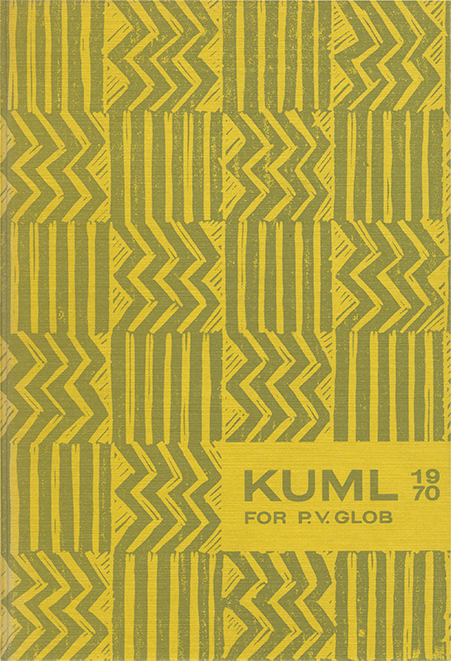Flinthugningspladsen ved Studeli klit
DOI:
https://doi.org/10.7146/kuml.v20i20.105429Nøgleord:
neolithic, neolitisk, bivouac, bivuak, studeli klitResumé
A Neolithic bivouac site at Studeli Klit
The article presents the objects discovered on a bivouac site of Neolithic date at Studeli Klit (Ribjerg parish, Hjørring county). The site, which had been exposed by sand movement, was 5-6 metres in diameter, and its inventory was extremely undifferentiated. Apart from swarf and fragments of the flint pebbles which had been used as raw material for the implements, the only objects found were hammerstones, disc scrapers and a large number, about 150, of "beaks". These beaks, which resemble disc-awls, are interpreted as a type of burin, the cutting edge of which, originally about 2 mms. broad, is considered to have been used in cutting out blanks for bone implements. On all the specimens found the cutting edge had been broken off. The area is interpreted as a bivouac site for hunters, who have begun the manufacture of the bone implements on the actual site.
Holger FriisDownloads
Publiceret
Citation/Eksport
Nummer
Sektion
Licens
Fra og med årgang 2022 er artikler udgivet i Kuml med en licens fra Creative Commons (CC BY-NC-SA 4.0).
Alle tidligere årgange af tidsskriftet er ikke udgivet med en licens fra Creative Commons.


